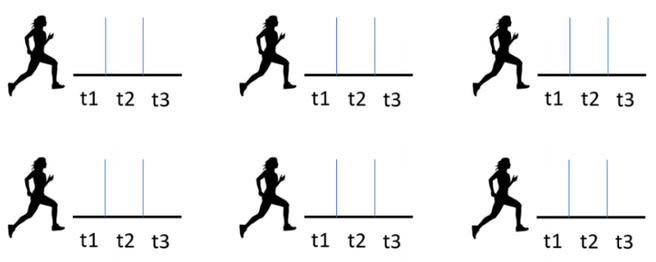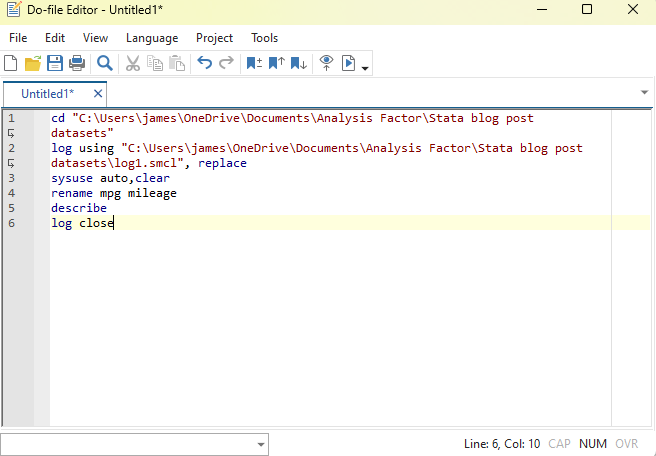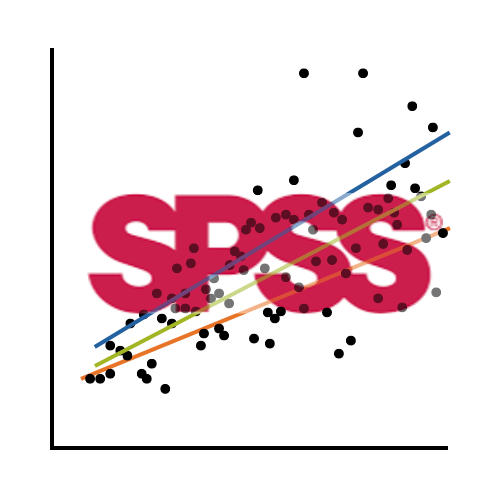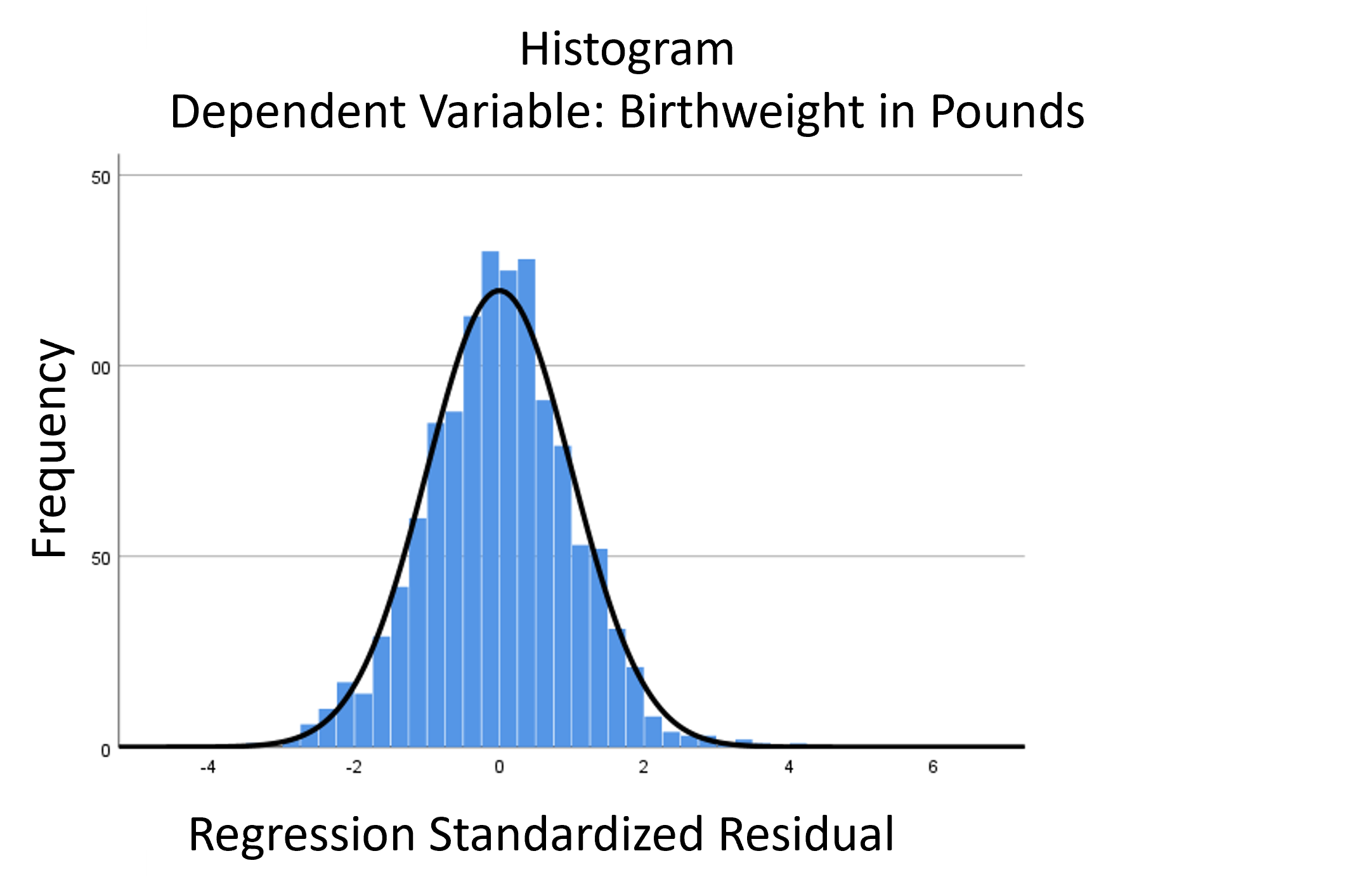Previous Posts
When analyzing longitudinal data, do you use regression or structural equation based approaches? There are many types of longitudinal data and different approaches to analyzing them. Two popular approaches are a regression based approach and a structural equation modeling based approach.
Ever consider skipping the important step of cleaning your data? It’s tempting but not a good idea. Why? It’s a bit like baking. I like to bake. There’s nothing nicer than a rainy Sunday with no plans, and a pantry full of supplies. I have done my shopping, and now it’s time to make the […]
Structural Equation Modeling (SEM) is a popular method to test hypothetical relationships between constructs in the social sciences. These constructs may be unobserved (a.k.a., “latent”) or observed (a.k.a., “manifest”). In this webinar, guest instructor Manolo Romero Escobar will describe the different types of SEM: confirmatory factor analysis, path analysis for manifest and latent variables, and latent growth modeling (i.e., the application of SEM on longitudinal data).
There are many designs that could be considered Repeated Measures design, and they all have one key feature: you measure the outcome variable for each subject on several occasions, treatments, or locations. Understanding this design is important for avoiding analysis mistakes. For example, you can’t treat multiple observations on the same subject as independent observations. […]
From our first Getting Started with Stata posts, you should be comfortable navigating the windows and menus of Stata. We can now get into programming in Stata with a do-file. Why Do-Files? A do-file is a Stata file that provides a list of commands to run. You can run an entire do-file at once, or […]
Regression is one of the most common analyses in statistics. Most of us learn it in grad school, and we learned it in a specific software. Maybe SPSS, maybe another software package. The thing is, depending on your training and when you did it, there is SO MUCH to know about doing a regression analysis […]
When you draw a graph- either a bar chart, a scatter plot, or even a pie chart, you have the choice of a broad range of colors that you can use. R, for example, has 657 different colors from aliceblue to yellowgreen. SAS has 13 shades of orange, 33 shades of blue, and 47 shades […]
I recently received a great question in a comment about whether the assumptions of normality, constant variance, and independence in linear models are about the residuals or the response variable. The asker had a situation where Y, the response, was not normally distributed, but the residuals were.
The objective for quasi-experimental designs is to establish cause and effect relationships between the dependent and independent variables. However, they have one big challenge in achieving this objective: lack of an established control group.








 stat skill-building compass
stat skill-building compass